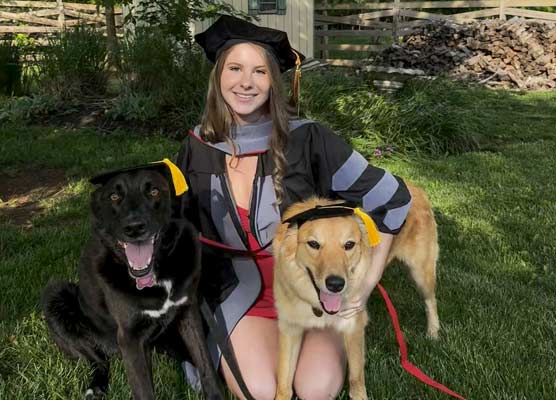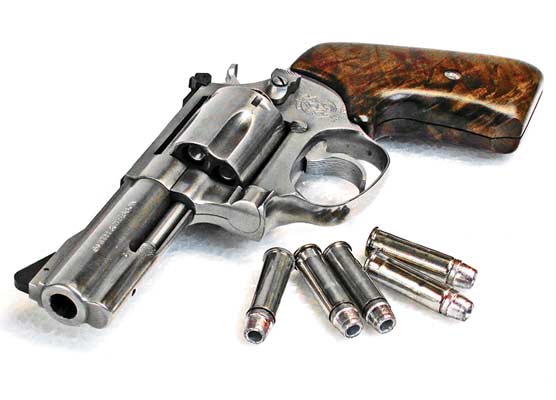Colt's SAA In Battle
As both a student of Plains Indian Wars history and enthusiastic handgunner I’ve paid special attention to documentable instances where revolvers saw action circa 1860-1890. Although standard US Army doctrine had each cavalryman issued with saber, carbine and handgun, surprisingly few mentions of sidearms in combat against warriors exist.
An exception to that happened on the afternoon of June 25, 1876 at the Little Bighorn Battle. That day the US 7th Regiment of Cavalry was divided into four distinct battalions. Five companies under the direct command of Lt. Col. George A. Custer were wiped out to a man, making “Custer’s Last Stand” the most famous of all Indian fights. However, lesser known is that seven companies of the 7th Cavalry survived the battle, albeit with considerable casualties. Their siege on a Montana hilltop is one of the US Army’s epic stories.
Colt Single Action Army .45 caliber revolvers played a significant role in allowing many 7th Cavalry troopers to get to the top of that hill. Every one of the approximately 600 troopers riding into the valley of the Little Bighorn that day packed one.
The Guns
The Colt .45s issued to the 7th Cavalry were all of a type. They had 7½” barrels, 1-piece walnut stocks, color case-hardened frames with the remaining metal blued. Sights were a mere groove in the frame’s topstrap, with blade front sights. Their ammunition consisted of 250-gr. lead bullets over 30 grs. of black powder; giving perhaps 800 fps velocity. Officers were allowed to carry personally owned sidearms, and Marcus Reno had a nickel-plated Colt, otherwise the same as issued ones.
Oral history left by young Cheyenne warrior Wooden Leg, says he and friend Little Bird closed to either side of a trooper and lashed him with their whips whereupon the soldier pulled his handgun and shot Little Bird in the thigh. Wooden Leg then clubbed the cavalryman off his horse. That was the prevailing tactic used by warriors. If they could get a soldier to fire all six chambers they closed in for hand to hand combat. Troopers who kept their wits in this melee were able to keep warriors at bay by picking their shots.
One of Custer’s favorite scouts, Charlie Reynolds, became dismounted when his horse tripped or was shot as he galloped across the prairie dog town. Reynolds tried to make a fight of it with his six-shooter, but was killed after firing only a few rounds. Civilian employees such as scouts, interpreters and mule packers packed their own weapons, so it’s lost to history as to what sort of revolver Reynolds used.
Besieged on that hilltop for another two days the cavalrymen had little more use for their handguns because most subsequent fighting was at distance. Their worth in getting many troopers to safety, however, had been invaluable.
The Battle Begins
On the fateful afternoon three companies, comprising one battalion, under Major Marcus Reno along with both Indian and white scouts were ordered to charge the southern end of a huge Sioux and Cheyenne village. Their charge quickly deteriorated to a stationary skirmish line, then to a defensive position in a heavily wooded bend of the Little Bighorn River.
With hostiles crowding troopers in the timber, unit cohesion was lost, quickly turning the fight into a rout. The spark igniting it happened when Bloody Knife (an Arickaree scout) got his brains blown into Major Reno’s face by an attacker’s bullet. Severely shaken, in quick sequence, Reno shouted for troopers to mount, dismount and mount again. Then he led a headlong rush across a large flat containing a prairie dog town, to the river and up the steep bluffs on the other side. It was an “every man for himself” situation.
As wolves chasing down prey might do, the Sioux and Cheyenne fell upon the panicked soldiers. One officer, Lt. Charles Varnum, related warriors rode to both sides of the straggling column of cavalrymen, using Henry and Winchester repeating rifles laid across their horses’ withers — “pumping lead into us.”
For rifles, troopers were armed with .45 Government caliber single-shot Model 1873 “Trapdoor” carbines. Their sabers were stored back at a base camp. Their primary means of self-defense during a half-mile run across prairie dog town, into the river, and up steep bluffs were their Colt revolvers.
And at that they only had six chances for salvation. As anyone knows who has loaded a Colt Single Action or ridden a horse at full gallop, recharging the revolver then would be an impossible feat. The only instance I’ve encountered of a trooper reloading his Colt during this fight was a Private William Morris who did so while his horse slowed when wading the belly-deep river.







